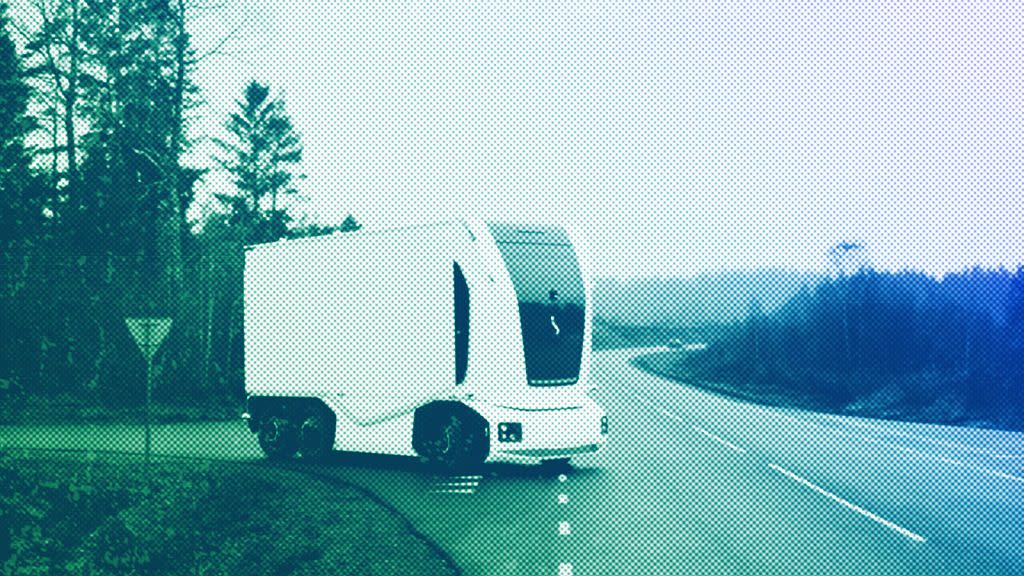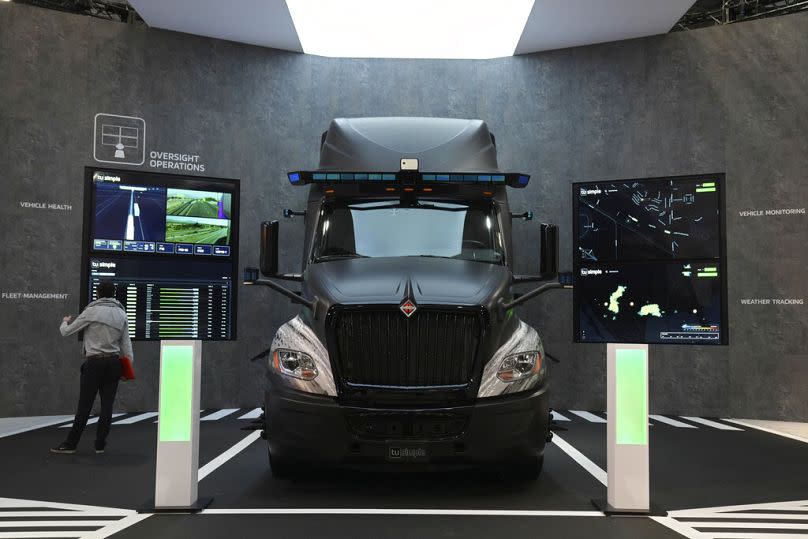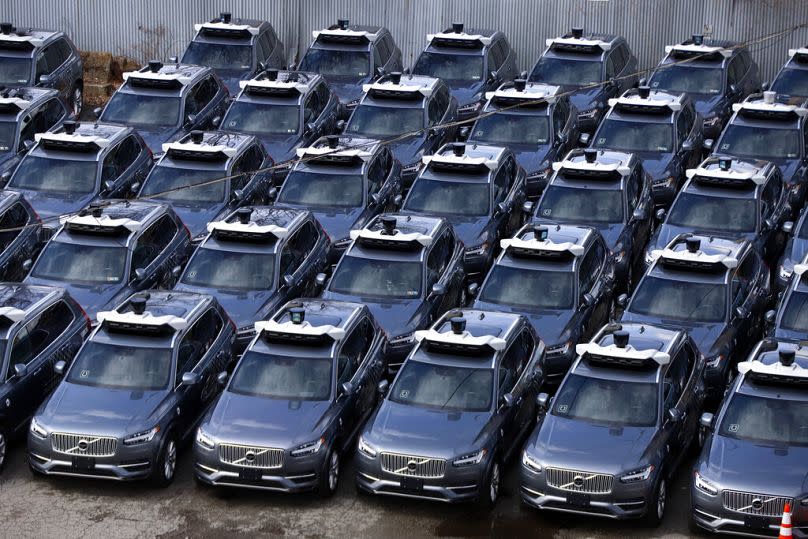We should not make the same mistake with autonomous driving as we did with electric vehicles

Incredible technological advancements have been made in autonomous vehicles, from the integration of Light Detection and Ranging (LiDAR) technology to advancements in AI and machine learning, that promise a transformative impact for the automotive industry.
Yet, despite their clear benefits — greater cost-efficiency, less traffic congestion, and lower carbon emissions — widespread adoption of autonomous technology remains elusive.
If history is our guide, we risk repeating the same missteps with autonomous driving as with electric transportation.
For a century, the technology for electric vehicles lay dormant, waiting for the right match of technology and business models to unlock its potential.
And while the technology for electrification exists now and the one for autonomous transportation edges closer for commercial vehicles, one of the key challenges lies in aligning the right business models with these solutions, to showcase their benefits and catalyse wider acceptance and implementation.
The opportunity for freight
Freight is the ideal industry for autonomous technologies to be deployed and scaled, and has a massive opportunity to lead the way in proving its maturity and accelerating commercial applications.
Millions of goods need to be moved every day — between warehouses, to and from distribution centres, and to stores or customers.
The repetitive nature of this movement, usually over short distances and at low speeds, without many human passengers on board, and its tremendous volume, place freight in a particularly advantageous position.

These journeys are more predictable as trucks tend to drive the same A to B routes regularly and often inside fenced areas.
With fewer external factors governing it, it means that vehicles can operate in a lower complexity environment where the conditions are optimal for autonomous technologies to develop without facing unexpected incidents, common in road traffic.
UK's first autonomous buses begin carrying passengers in Scotland
First taxi rides in autonomous flying vehicles move a step closer after China approval
Overall, the freight industry is driven by facts, so if you can prove that a given solution is cheaper, greener, and operationally more effective and efficient — which is exactly what autonomous solutions are — then it will steer towards that direction.
An incremental approach is the best way forward
Road freight is an ideal business model to pair autonomous driving technology with, but alongside creating a regulatory framework for it, it will require an incremental approach to automation to make it work in the long term.
It takes time for innovations to be implemented and for new technologies, like autonomous vehicles, to develop. It’s a marathon, not a sprint.

The controlled, innovative process of digitalising, electrifying, and automating different use cases like road freight is critical to getting autonomous vehicles safely and effectively on public roads.
A more gradual implementation process also enables entrepreneurs and researchers to address hurdles systematically while allowing them to develop, test, and refine their innovations.
The driverless race: Imperium's remotely driven car sharing service in UK to compete with Uber
In a future dominated by driverless cars, will your grandchildren need a driver's licence?
By honing the best use case for autonomous vehicles, we realise outcomes benefit the greater good and are commercially viable. This, in turn, attracts investors and partnerships, which then facilitates the widespread, secure implementation of autonomous technologies.
Autonomous is our future
We are at an exciting inflexion point in autonomous technologies. I believe the near future will see massive deployments of autonomous vehicles, led by road freight’s heavy-duty trucks.
However, challenges remain. It's a journey we must undertake collectively, leveraging partnerships and investments to drive innovation and secure our autonomous future.
The road ahead is paved with opportunity. By learning from past mistakes and embracing an incremental, strategic approach to automation, we can unlock the full potential of autonomous technologies.
Let's propel the automotive industry into a future where autonomy is not just a possibility but a reality.
Henrik Green is General Manager, Autonomous Technologies, at Einride, a Swedish transport company for autonomous, electric, and digital road freight.
Contact us at view@euronews.com to send pitches or submissions and be part of the conversation.

